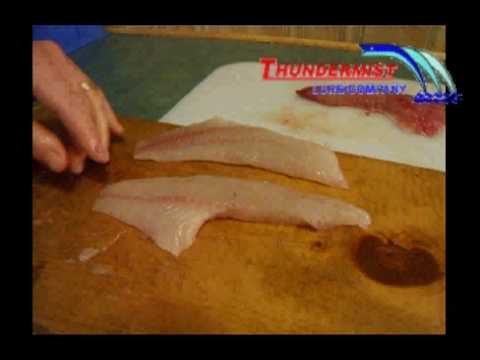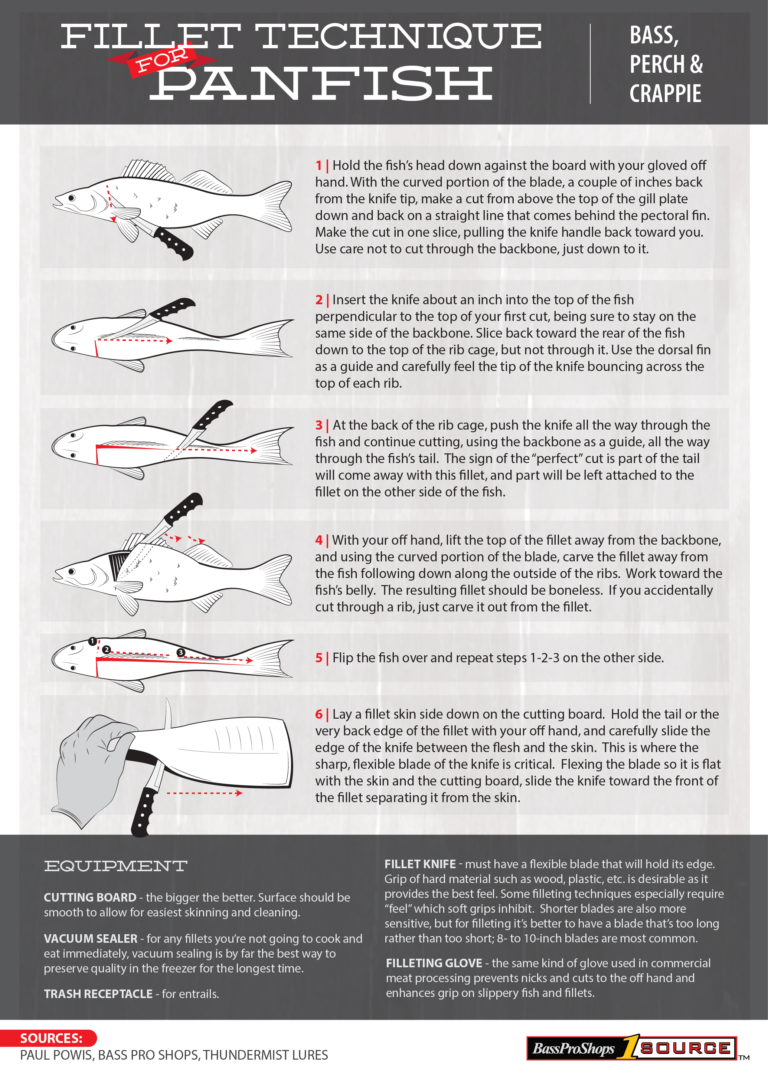How to Fish Jigs for Bass
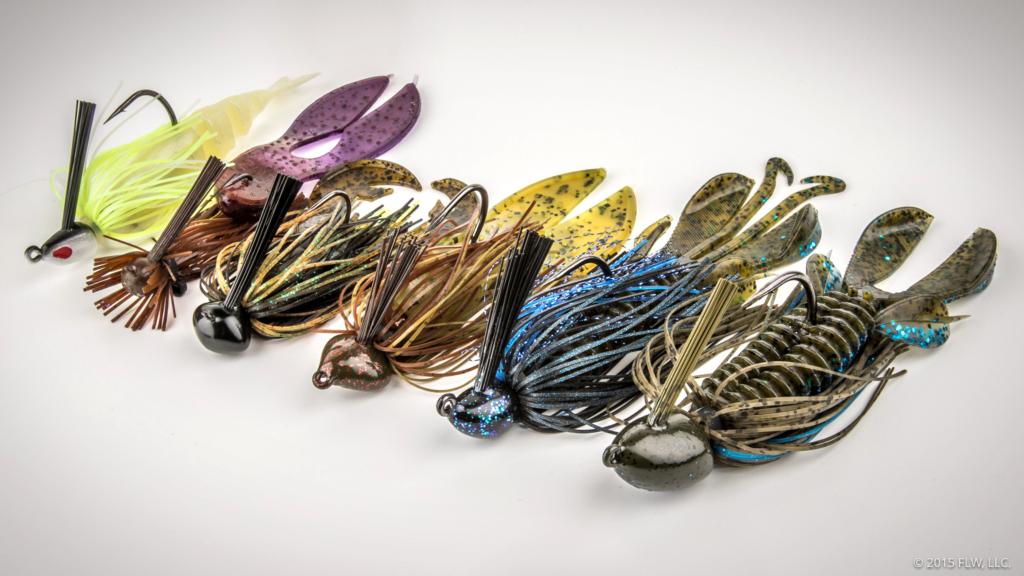
To fish jigs for bass, cast near cover and employ a hopping or dragging retrieve. Choose the right jig weight for water depth and clarity.
Jig fishing for bass is a tried-and-true method that rewards anglers with versatility and effectiveness. These lures mimic prey like crawfish or baitfish, making them irresistible to bass. A well-presented jig can prompt aggressive strikes, especially when worked alongside structures where bass hide.
Anglers must select the appropriate jig style, color, and weight based on the fishing conditions and the behavior of the bass. Lighter jigs excel in shallow or clear water, while heavier ones are ideal for deep or murky environments. This technique is accessible to all skill levels, from beginner to pro, and fishing jigs can lead to some of the most exciting freshwater angling experiences. With practice, timing and precision will improve, making the art of jigging for bass an exhilarating challenge.
The Lure Of Jig Fishing
Jigs are a staple for bass anglers because of their effectiveness in catching bass. These versatile lures can mimic creature baits like crayfish, which bass love to eat. Bass fishers turn to jigs as they work in many water conditions, from clear to murky.
Anglers can use jigs year-round, adjusting the jigging technique to suit the season. They might use a slow drag on the bottom in winter, or a more active retrieve in summer. The ability to change colors, shapes, and sizes makes jigs a top choice for anglers. This versatility ensures that with just a few jigs, fishers are ready for different situations.
- Works in various water conditions: Clear, murky, or anything in between.
- Effective year-round: Just change up the jigging technique.
- Imitates natural prey: Appears like bass’s favorite snacks.
Gear Essentials For Jig Fishing
Fishing jigs for bass requires specific gear for the best experience. A medium-heavy rod with a fast action tip ensures you have the backbone for hooksets. It also helps to feel subtle bites. Perfect rod length varies from 6 to 7 feet depending on your fishing environment.
Match your rod with a quality reel to bolster your jigging techniques. Choose a baitcasting reel for precision and power. For beginners, a spinning reel could be easier to handle. Aim for a reel with a smooth drag system and good gear ratio.
The line enhances your ability to detect bites. Use a fluorocarbon line for its almost invisible underwater presence. Select a 20 to 30-pound test for most situations. A braid can also be suitable, offering zero stretch for immediate hook sets.
Jig Types And Their Uses
Flipping jigs excel in dense aquatic vegetation. Anglers pull them through heavy cover with ease. These jigs feature strong hooks and compact profiles. These aspects ensure efficient penetration through thick mats.
Football jigs shine when targeting bass in deep water. Their unique head design allows them to move over rocky structures without snagging. Bass often hide around underwater features in summer and winter. This jig type helps anglers reach those spots.
Swim jigs are ideal for a more dynamic fishing style. They mimic a fleeing prey with their horizontal presentation. Best used with a steady retrieve, these jigs mimic small fish. This appearance tempts bass into striking.
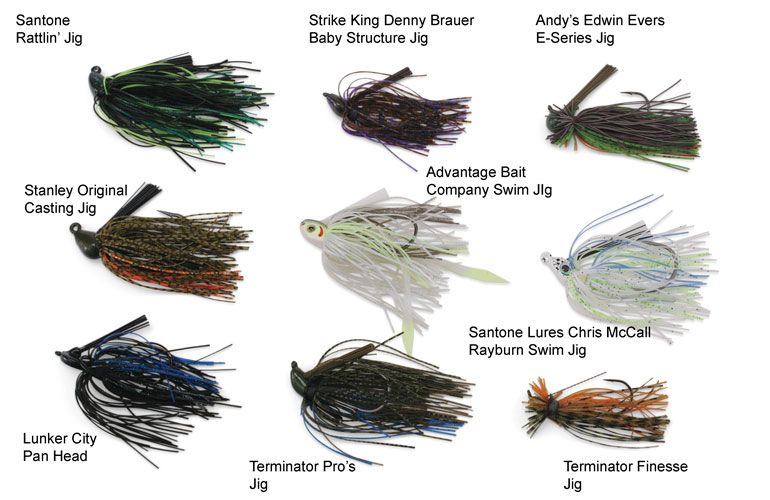
Credit: www.in-fisherman.com
Mastering Jig Techniques
Mastering jig techniques is essential for catching bass effectively. Develop the skill of jigging retrieve to entice fish. Use a rhythmic, vertical motion to mimic prey. A jig’s behavior underwater can be the key to success.
For perfecting your pitch and flip, practice is crucial. Aim with precision to drop jigs into tight spots. It’s a silent approach that won’t scare the bass. Work on soft landings to keep your presentations natural.
Understanding bottom composition by feel takes time. Differentiate between rock, sand, and weeds with your rod. A sensitive rod helps to identify changes. This knowledge guides where to cast and how to retrieve.
Location And Timing For Maximum Strikes
Understanding seasonal patterns is key for successful bass jig fishing. Spring brings bass into shallower waters for spawning, making it a perfect time to fish with lighter jigs. During summer, bass often hide in cooler, deeper areas, so heavier jigs that can reach these depths are advisable. As for fall, bass are actively feeding to prepare for winter, creating ample opportunities with a variety of jigs. Lastly, in winter, slow your retrieval as bass are less active in cold water.
Reading water conditions is equally important. Clarity can dictate jig color choice—use natural colors in clear water and brighter colors in murkier conditions. Pay attention to submerged structures, weeds, and rocky areas where bass typically take cover. Jigs can be particularly effective by mimicking the natural prey in these areas.
For timing your strikes, patience is crucial. Allow the jig to sink and watch your line for subtle bites. A quick snap of the rod tip is often needed to set the hook firmly. Practice helps refine the technique for precise strikes and increased catch rates.

Credit: dirtyjigstackle.com
Advanced Tips And Tricks
Bass anglers often customize jigs to increase success rates. Swapping out standard hooks for sharper, larger ones can make a big difference. Experimenting with feather or silicone skirt colors might entice more bites. Consider the water’s clarity when selecting jig colors. Clear water calls for natural hues like green or brown. Murky conditions are ideal for bright, vibrant colors that penetrate the darkness. Fishing pressure can reduce chances of a catch. Using less common jig styles may give you the upper hand. Switching retrieve speeds and rhythms can also fool wary bass on pressured lakes.
| Water Clarity | Jig Color Suggestion |
|---|---|
| Clear | Natural Greens and Browns |
| Murky | Bright or Vibrant Colors |
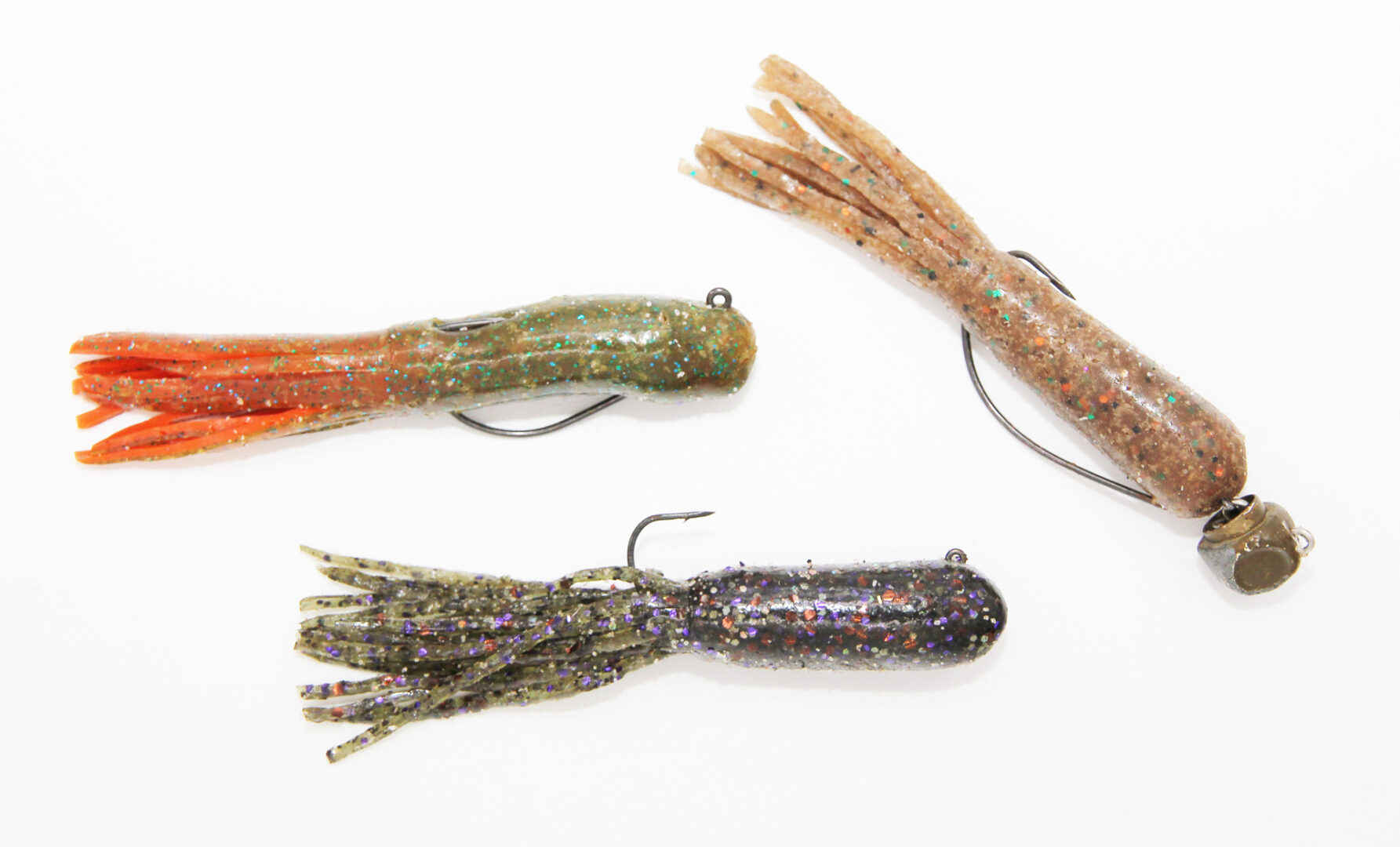
Credit: www.northwoodsbass.com
Frequently Asked Questions On How To Fish Jigs For Bass
How Do You Catch A Bass On A Jig?
To catch a bass on a jig, select a suitable jig size and color for current conditions. Cast near structures or weed lines and let it sink. Retrieve with short, sharp jerks, imitating a baitfish. Keep tension to detect subtle bites and set the hook firmly when you feel a tug.
How Do You Jig Fish For Beginners?
Choose a suitable jig and rod for the fish you’re targeting. Cast your line, let the jig sink, then reel in with intermittent twitches to mimic live prey. Start with easy-to-use jigs, practice your retrieval technique, and remain patient as you perfect your skills.
When Should I Use A Bass Jig?
Use a bass jig when fishing in heavy cover, during pre-spawn periods, in murky water, for deep water bass, or when mimicking crawfish and other bottom-dwellers.
How Do You Rig A Jig For Fishing?
Thread the fishing line through the jig eye, tying a secure knot. Add a soft bait or trailer to the hook. Adjust the trailer so it’s straight, ensuring a natural presentation. Trim excess line. Cast and retrieve with varied motions to attract fish.
Conclusion
Fishing jigs for bass successfully bridges patience with skill. By selecting the right jig and mastering your technique, your catches will reflect your effort. Remember to consider water conditions and bass behavior for optimal results. Embrace each outing as a chance to refine your approach.
Happy fishing, and tight lines!
